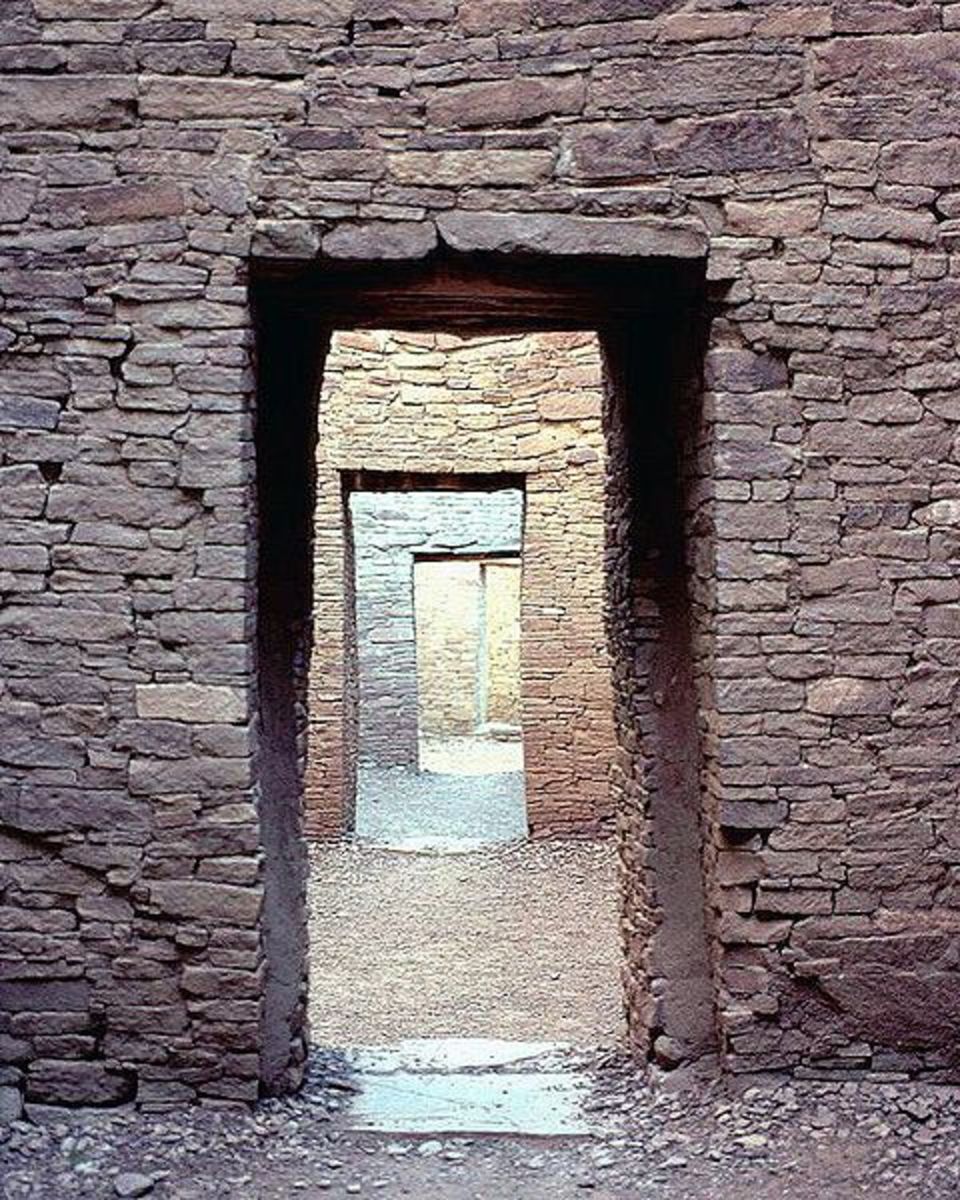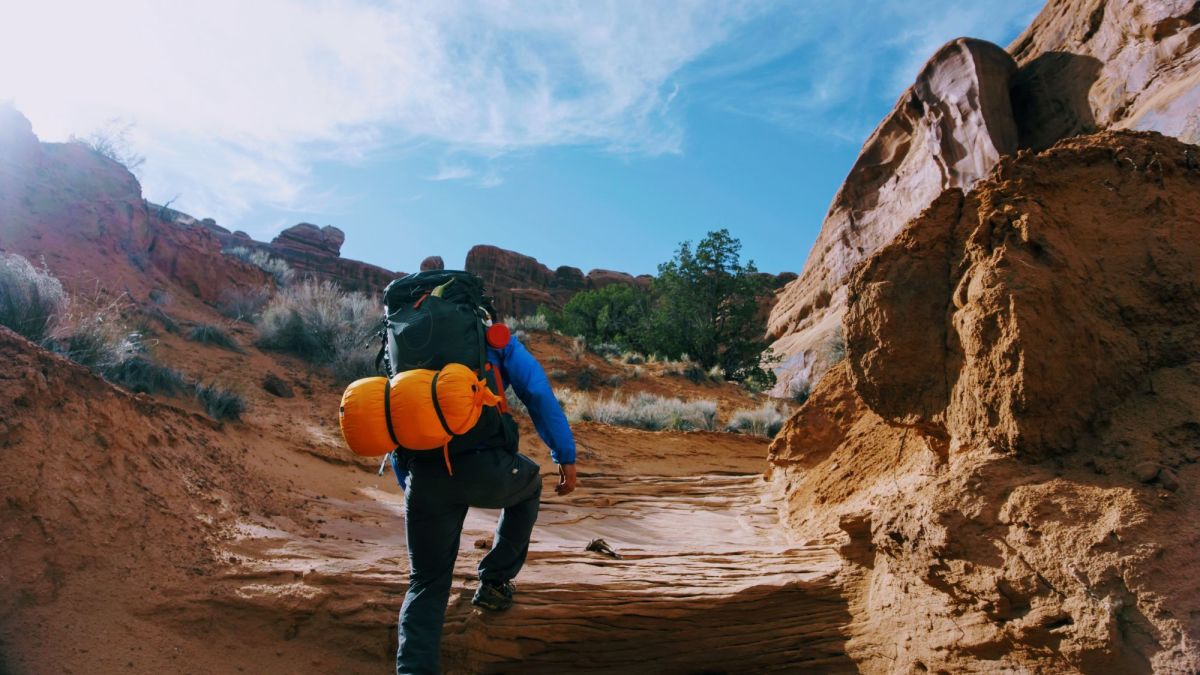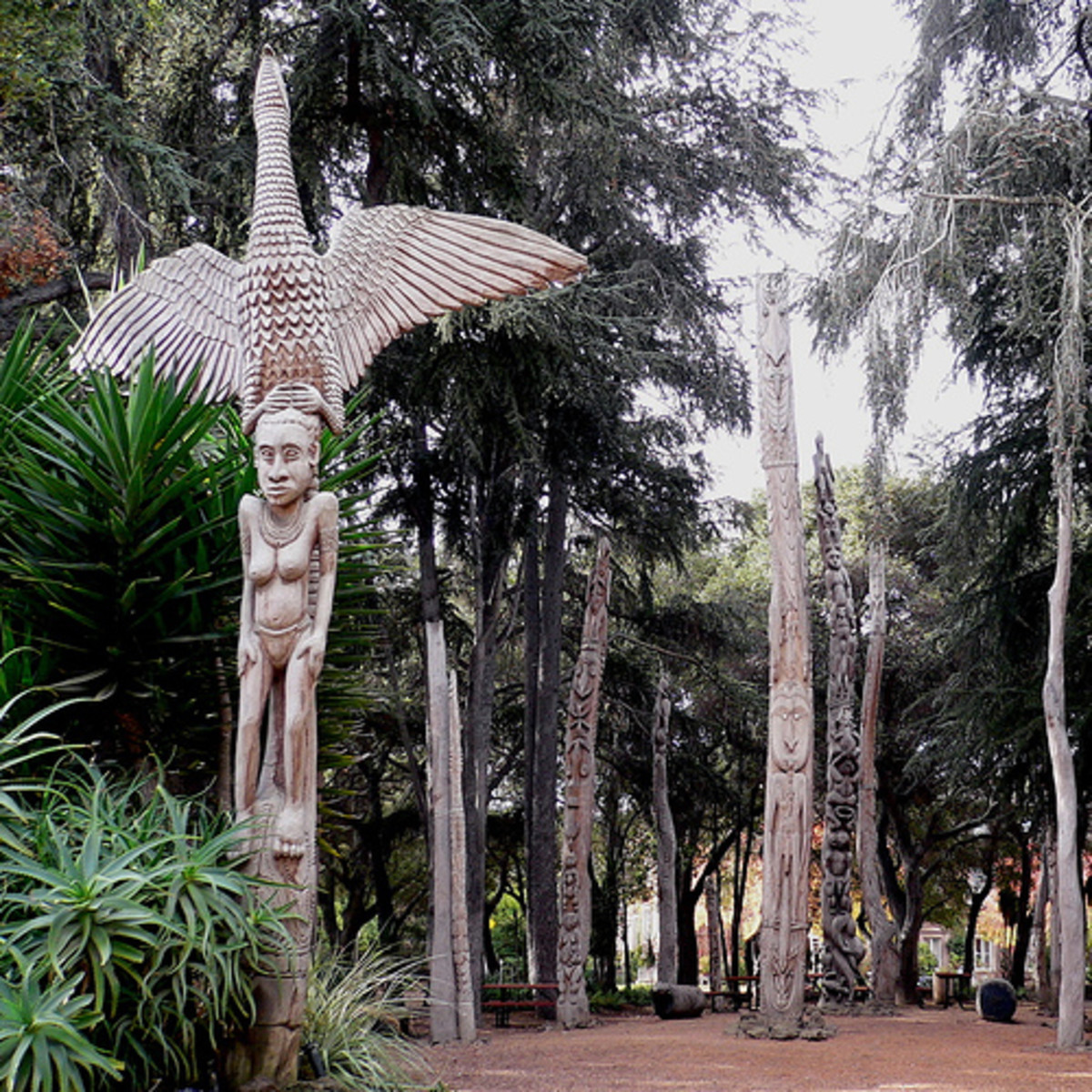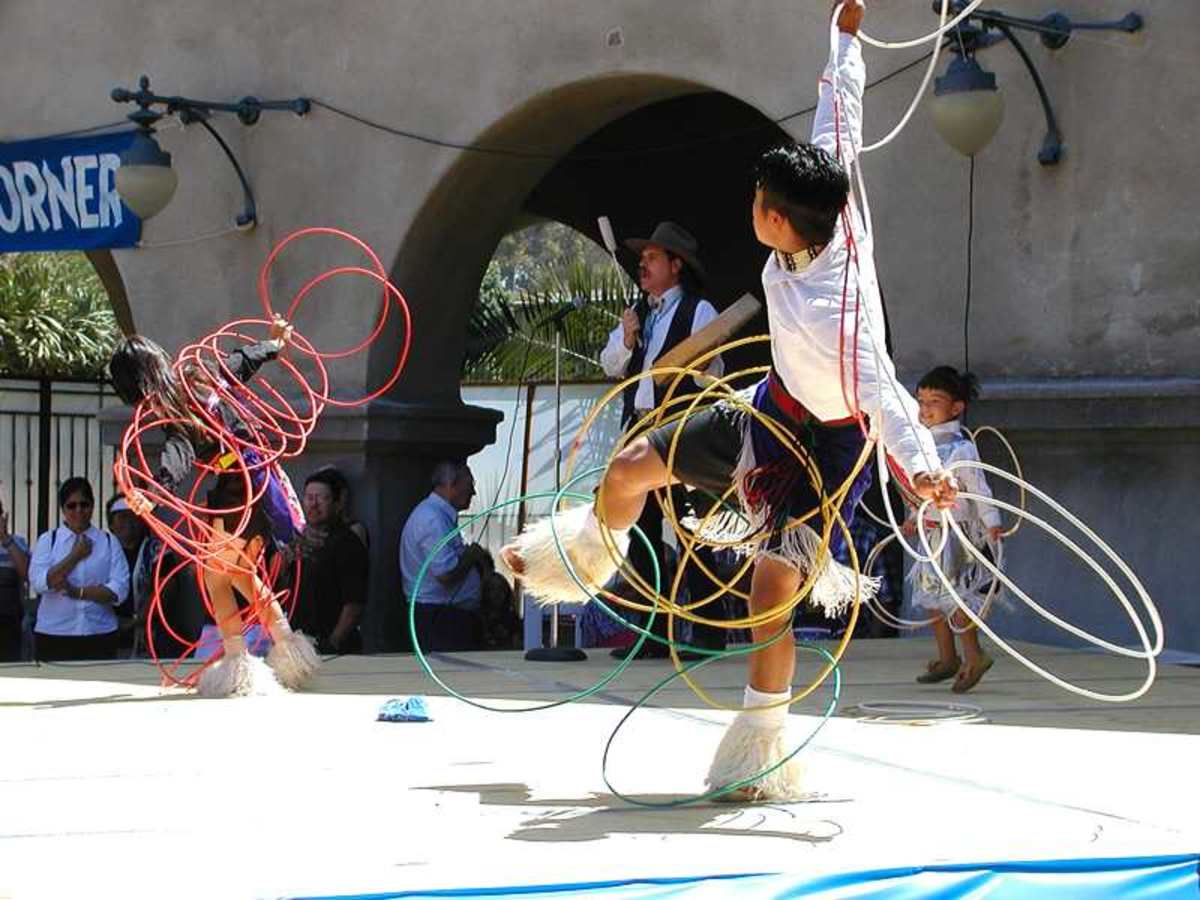- HubPages»
- Education and Science»
- History & Archaeology»
- History of the Americas
Old Stuff
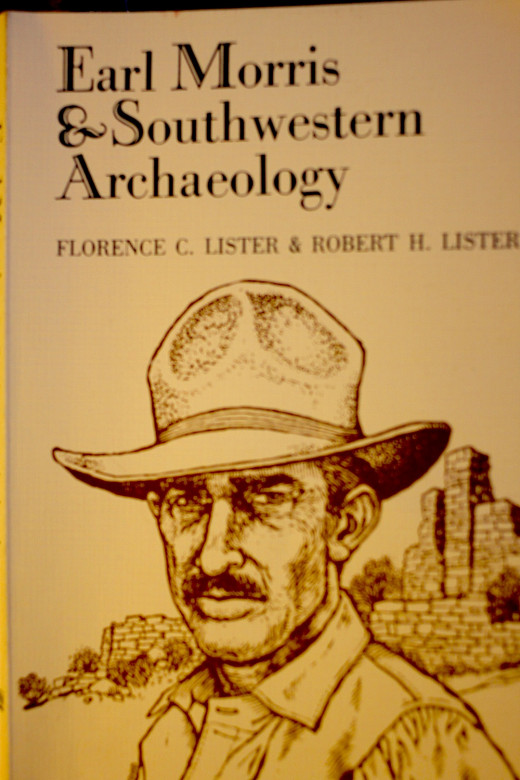
Earl Morris & Southwestern Archaeology by Florence C. and Robert H. Lister is a book one can pick up during a visit to the Aztec Ruins near Farmington, NM for $4.95. Relatively cheap nowadays and a good enough read. The old stuff buried underneath is really the main event in the Southwest. The new stuff, well, it passes away without much to-do, and maybe, just maybe, a thousand years from now it, too, will be of interest. It takes a while to master some of the terms involving the remains and residue of the vast cultural network sprawled out over Utah, Arizona, New Mexico, and Colorado. To focus on New World, Southwestern history is to free oneself up from the underpinnings of Old World, European heritages. They go so far and no farther. In retrospect, the belligerence of Christendom amounts to a real drag on the continued efforts of humanity to once and for all shed its snake skin.
Ancestors of Native Americans are often considered aboriginal or primitive, possibly because they lived in peaceful agrarian villages, while their European counterparts formed themselves into great nations and constructed national identities with which to bicker and squabble for centuries. In truth, there is nothing about the settlements in Chaco Canyon, Mesa Verde, or Canyon de Chelly and surrounding communities to scoff at. Their ways of thinking are difficult to recover, having been largely lost, but today's myths of eternal progress and scientific discovery to remedy all wrongs are far more superstitious, flawed, and probably devastating in the final analysis.
Earl Morris and his ilk dug incessantly and acquired countless articles. They seem at first blush simple and probably not worth remarking upon: textiles, sandals, matting, cord, buckskin, stone tools, arrowheads, beads, turquoise, snowshoes, pottery, bowls, baskets, mugs, jars, awls, antlers, knives, scrapers, mauls, hammers, flutes, pipes, cradles, digging sticks, darts, and bits of clothing. But from these finds and other items as well a record of an established way of life from generation to generation over a long period of time can be pieced together with an acceptable degree of accuracy, lacking written chronicles, which, it goes without saying, might or might not be trustworthy.
Skeletons and mummies reveal still more. From them it can be ascertained that there were childhood diseases, lack of proper nutrition, fashions for both men and women, hair styles, ear piercings, and the occasional intrusion of violence. For the most part, however, what is so exciting about Native American archeology as distinct from other anthropological inquiries is that the Anasazi, for lack of a better term, had accomplished long ago the very object of acute desire that constantly eluded the European. And that is peaceful co-existence. There were interruptions, to be sure, but generally the peoples of the Southwest were gifted in the rare art of tribal and inter-tribal harmony in a profound manner, virtually unknown elsewhere.
The only real criticism of the zealous archeologists who partnered with J.P. Morgan and other civic-minded men of means is that their attitudes seem coarse and irreverent toward those whose exhumation they oversaw. Sending skulls off to labs to check for tooth structure may seem matter-of-fact, but some specimens are the actual bones of the ancestors of men, women, and children now walking the earth. Or, at least there is that possibility. It is hard to say with surety. The main point is that these ancient inhabitants of the Southwest put together in their cliff dwellings and underground apartments a way of living that not only predates a the present but sets a standard toward which all civilizations must aspire. In the end result, a computer gadget and a particularly well-made pot or polished turquoise stone are roughly commensurate. They are basically things that are nice to have. In fact, given the state of savagery that obtains right now globally, in large part a product of high-tech, the unimpressive artifacts of the past found at the Aztec Ruins and vicinity are greatly to be preferred.


